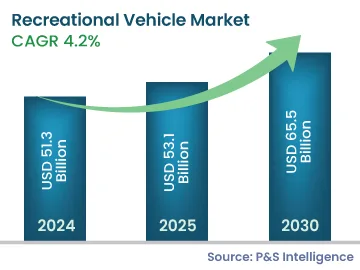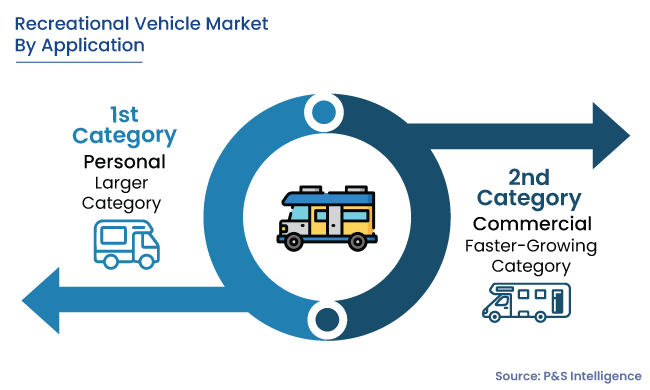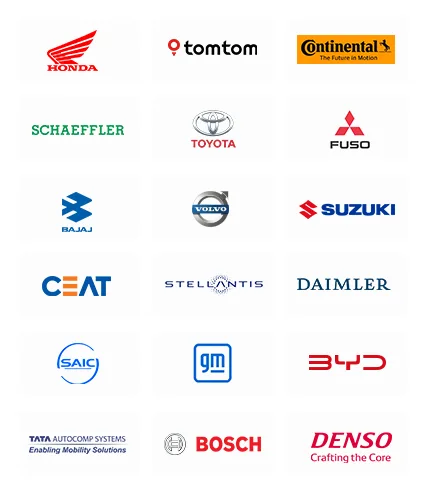Recreational Vehicle Market Analysis
The recreational vehicle market is estimated to generate revenue of USD 51.3 billion in 2024, which is expected to witness a CAGR of 4.2% during 2024–2030, to reach USD 53.1 billion by 2030. This will be due to the rising consumer spending on eco-tourism, camping, and sustainable travel globally. Environment-friendly travel options are in huge demand globally as they focus on protecting natural ecosystems and reducing the negative impact of travel. These vehicles also offer a blend of mobility, convenience, comfort, versatility, as well as fulfilling the evolving preferences of modern travelers.
Additionally, the incorporation of smart technologies in these vehicles is driving the market growth. These technologies are appealing to consumers due to the enhancement in safety, convenience, and connectivity. With the help of IoT devices and integrated telematics systems, consumers can use voice commands or smartphones to operate security systems, entertainment consoles, and lights. This degree of automation and control makes the travel experience more pleasurable and user-friendly, by simulating the comforts of home while on the road.
Smart technology also allows owners to customize their vehicles according to their evolving preferences. Personalization possibilities draw clients searching for distinctive and customized RV experiences, from personalizing the lighting schemes to modifying the interior environment to suit individual ideas of comfort. Therefore, OEMs are developing models that prioritize the comfort of consumers, by incorporating advanced technologies controllable with wireless systems.
They are also looking into creative financing solutions, including leasing and rental programs, in order to make RVs more accessible to a wider range of consumers. OEMs also strongly emphasize offering innovative outdoor solutions with various advancements, to retain customers. The major goal is to produce next-generation recreational vehicles, which would drive the market globally.





